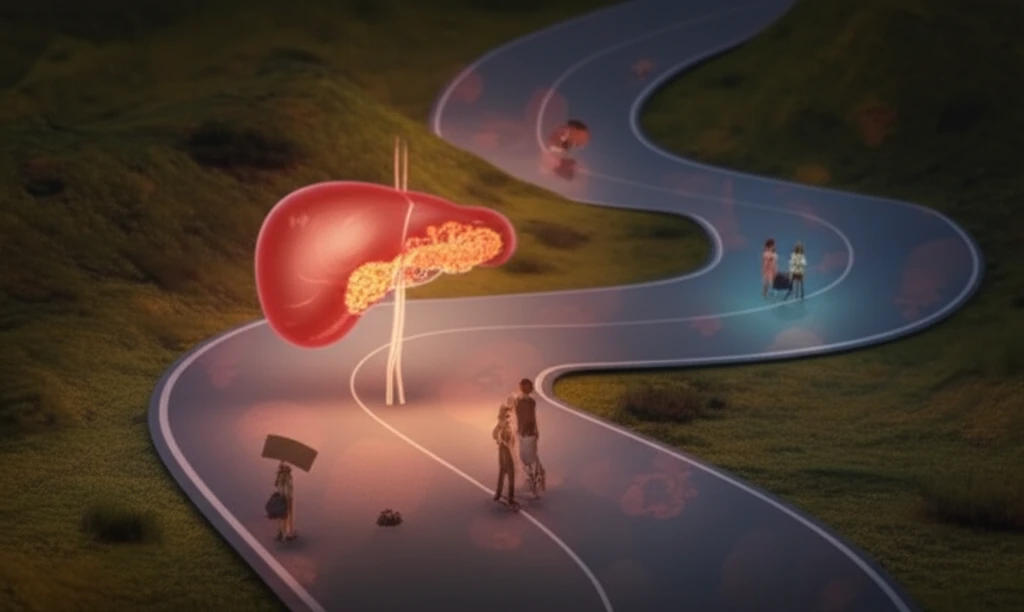
Cholecystectomy After Ileal Resection in Crohn's Disease: What's the Real Risk?
"A long-term study reveals the true likelihood of needing gallbladder removal and who is most at risk."
If you have Crohn's disease and have undergone or are considering ileal resection (IR), you might be wondering about the risk of developing gallstones and needing your gallbladder removed (cholecystectomy). While it's known that Crohn's patients, especially those with ileal involvement, have a higher risk of gallstone disease, the actual likelihood of requiring surgery and the factors that increase this risk haven't been clearly defined.
A recent long-term nationwide study in the Netherlands aimed to shed light on this issue. Researchers followed a large group of Crohn's disease patients who had undergone ileal resection to determine the incidence, cumulative risk, and relative risk of cholecystectomy, as well as identify any associated risk factors.
This article breaks down the findings of this study, providing you with a clearer understanding of the real risk of cholecystectomy after ileal resection, helping you make informed decisions about your health and treatment.
The Real Risk: Cholecystectomy After Ileal Resection

The study followed 8302 CD patients after their first ileal resection, and during a median follow-up of nearly 12 years, the incidence rate of cholecystectomy was 5.2 per 1000 persons per year. This means that, on average, about 0.5% of patients had a cholecystectomy within one year after IR, 2.4% within 5 years, 4.6% within 10 years, and 10.3% after 20 years.
- Female Sex: Women were almost twice as likely to undergo cholecystectomy compared to men.
- Later Calendar Year of First IR: Patients who had their first ileal resection in more recent years had a higher risk of cholecystectomy. This could be due to increased awareness and diagnosis of gallstone disease or changes in surgical practices.
- Ileal Re-resection: Patients who required a second ileal resection during the follow-up period also had a slightly increased risk of cholecystectomy.
What Does This Mean for You?
The study's findings suggest that while the risk of cholecystectomy is increased in CD patients following ileal resection, it remains relatively low overall. This indicates that routine prophylactic measures, such as synchronous cholecystectomy (removing the gallbladder at the time of ileal resection), are likely unwarranted.
However, if you are a female CD patient who has undergone ileal resection, especially if you require further surgery on your ileum, it's essential to be aware of the increased risk and discuss any symptoms with your doctor promptly.
Ultimately, this study provides valuable data for both patients and clinicians, allowing for more informed decision-making regarding the management of gallstone disease in the context of Crohn's disease and ileal resection.
